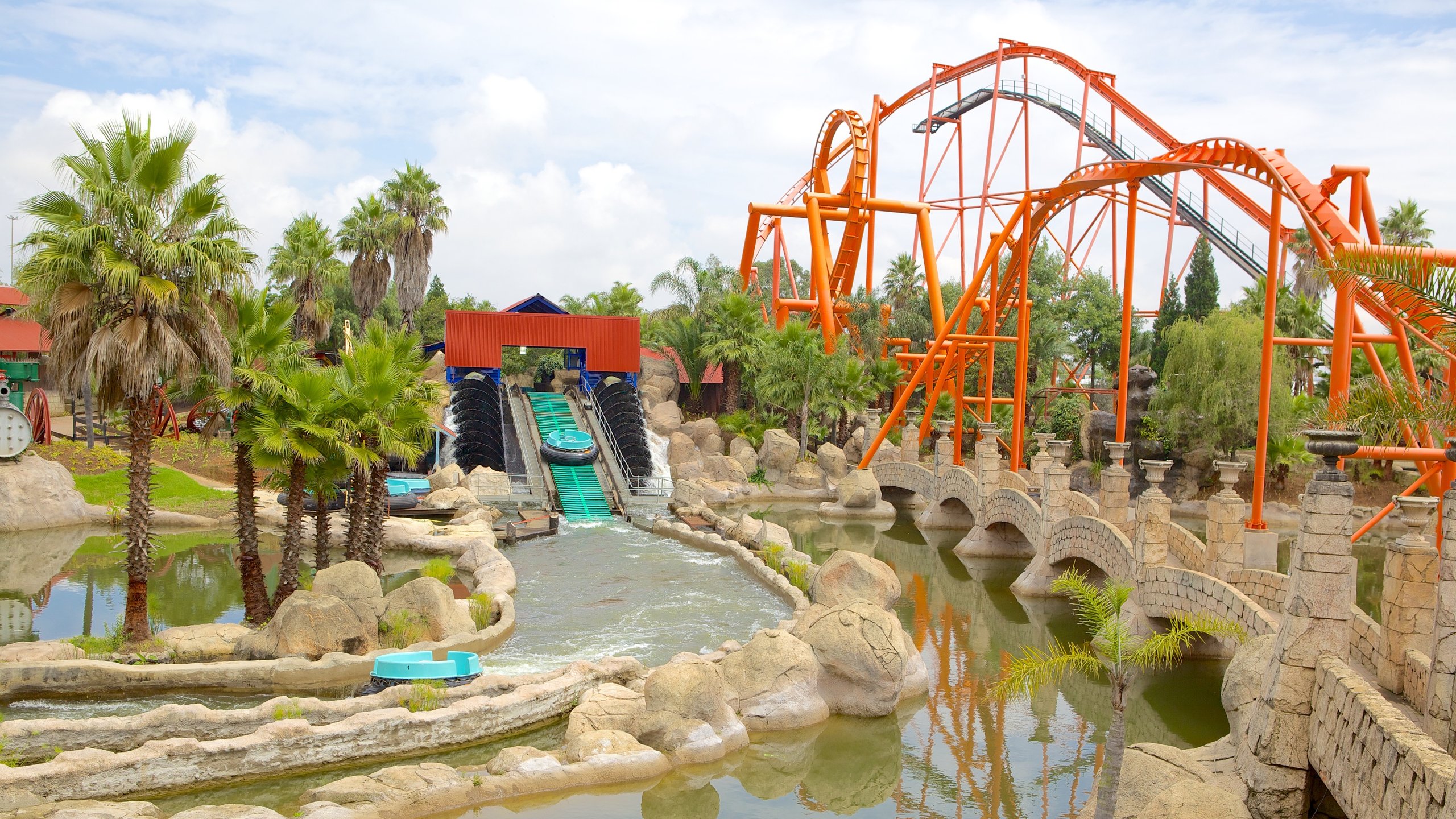A Biased View of Johannesburg North Attractions
Table of Contents8 Easy Facts About Johannesburg North Attractions ExplainedJohannesburg North Attractions - The FactsSome Known Facts About Johannesburg North Attractions.Excitement About Johannesburg North Attractions5 Simple Techniques For Johannesburg North AttractionsJohannesburg North Attractions for DummiesThe Definitive Guide to Johannesburg North Attractions
You should keep safety and security in mind and tourists should continue to be sharp at all times when in unfamiliar environments. Speak with the citizens when you remain in town to learn about the location you are staying in. Johannesburg North attractions. When on the street (this doesn't put on mall and other secure environments) finest basic guidance is to attempt your best to resemble a regional and to avoid showing any type of riches
About Johannesburg North Attractions
Teacher Revil Mason O. J. (Thomson, 1946) discovered the Witwatersrand's pre-colonial history. His archaeological job exploded the 'em pty land' myth, according to which the area was without human habitation before the arrival of European settlers. In his magazines Prehistory of the Transvaal: A Record of Human Activity (1962) and Origins of Black People of Johannesburg and the Southern Western Central Transvaal AD 3501880 (1986 ), Professor Mason showed the level of social and financial growth in the area before Europeans established foot right here.

Not known Details About Johannesburg North Attractions
He showed the federal government's approval, approved after he had actually vouched to maintain his discoveries key. In 1874, small-scale mining operations were begun in the Magaliesberg, where an Australian, Henry Lewis, had uncovered gold deposits. In 1878, David Wardrop found gold in quartz capillaries at Zwartkop, north of Krugersdorp. In 1881, Stephanus Minnaar encountered gold on the farm Kromdraai, near the Cradle of Mankind.
In March 1886, a protrusion (quickly to be called the Key Coral reef) was found, fairly fortuitously, on Gerhardus Oosthuizen's farm Langlaagte. Some state that the Lancastrian coal miner George Pedestrian found this coral reef. One more itinerant English prospector, George Harrison (who had formerly operated in Australian mines) gotten a prospecting permit in regard of Langlaagte in May 1886.
He made a decision to go on in a mission you could look here for greener pastures, and disposed of his Langlaagte claim for the handsome sum of 10. Alas: beneath lay the wealthiest goldfield ever before discovered. The discovery of this abundant auriferous coral reef provoked a gold thrill that indicated completion of agrarian serenity in the southerly Transvaal.
It would certainly, within 6 years, end up being the largest community in southern Africa. Within a years, it would make the Z. A. R. till then an anarchical and bankrupt little state the richest country in Africa. By the turn of the century, the Z. A. R. was to exceed Russia, Australia and the United States of America to come to be the world's leading gold producer, generating greater than a quarter of the world's gold.
4 Easy Facts About Johannesburg North Attractions Explained
It was called Ferreira's Camp, named after Colonel Ignatius Ferreira. He was a Boer adventurer upon whom the British authorities had presented the status of Companion of the Many Differentiated Order of St Michael and St George (entitling him to the post-nominal letters C. M. G.) in gratitude for his function in the battle that had deposed the Pedi king Sekhukhune in 1879.
2 various other camps were established: Meyer's Camp on the ranch Doornfontein, and Paarl Camp. The latter was nicknamed Afrikander Camp; several individuals from the Cape Swarm worked out there.

Everything about Johannesburg North Attractions
This name gained money by word of mouth, such that the State Secretary verified the name to the Mining Commissioner on 9 October 1886. Stands in the village were auctioned on 8 December 1886. While some stands were offered for 10, others were torn down for as little as sixpence.
2 years later on, these erven were to alter hands for as long as 750 each. The tented camps dwindled as a dorp of corrugated iron structures established and increased north of the mines situated along the Main Reef Road. Areas such as Jeppe's Town (where working-class immigrants erected their houses) and Doornfontein (where the wealthy new Continued 'Randlords' began to create their luxurious residences) were quickly contributed to the ever-expanding map of the town.
8 Easy Facts About Johannesburg North Attractions Shown
Besides the road names, there were no indications of Johannesburg being located in a Dutch-speaking country. Many years later on, C. W. Kearns O. J. (one of the first kids enrolled at St John's University in 1898) would certainly remember: 'An unusual fact concerning Johannesburg was that, although it was in the [Boer Republic], virtually every person talked English and also the Federal government servants addressed one in English, unless they were first addressed in the Taal (or Reduced Dutch)'.
Therefore, Britain had a rate of interest in making certain optimal problems for gold manufacturing on the Witwatersrand, and that the gold was exported to London instead of Berlin an important rendered even more clamant by the Z. A. R - Johannesburg North attractions.'s increasing toenadering with Germany. Mine proprietors were on a clash with Head of state Kruger, whose plan of monopolistic giving ins (usually provided to his cronies) stopped mining firms from procuring materials of materials (particularly dynamite) and work on their very own, less expensive terms
The 30-Second Trick For Johannesburg North Attractions
In 1890, the Volksraad had restricted the franchise to white men who had stayed in the Z. A. R. for fourteen years or longer, therefore invalidating a lot of the immigrants (who took place to be the major factors to the fiscus). Nonetheless, anxiety for the ballot was a plain pretense for advertising a different schedule; many uitlanders concerned themselves as temporary visitors and had no objective of remaining in the Z.